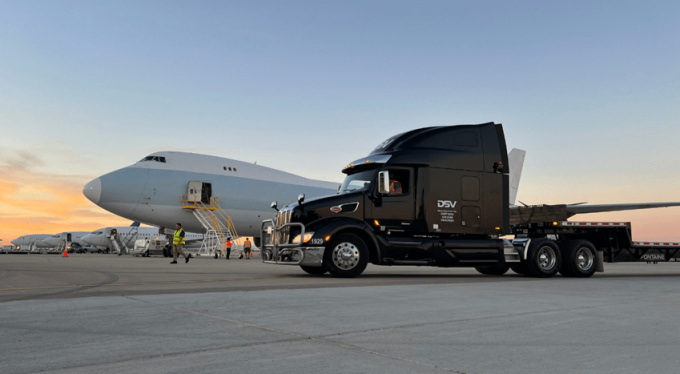US u-turn on corruption abroad 'won't drive rise in deals won by bribery'
Donald Trump’s decision to “pause” rules banning bribery abroad will not have much impact, according ...

DSV is betting on the US: it has confirmed it is spending some $107m to acquire a 65.6-acre plot of land in California for the construction of a major distribution facility – the latest step in the Danish logistics giant’s US expansion.
“The US is an important market for us, and we are planning a 1.4m sq ft modern logistics centre in the Inland Empire, in Southern California, consolidating some of our sites in the area and making room for growth ...
Freightmate 'a product of theft, not ingenuity' says Flexport
Ceva Logistics UK named and shamed as a 'serial late-payer'
China hits out at Hutchison plan to sell Panama port holdings to MSC
Box ship in collision with tanker off UK coast
Mercedes-Benz places record order for SAF with DB Schenker
Liners plan more rate hikes to halt renewed container spot rates decline
M&A speculation swirls as EV Cargo unveils 'robust financial position'

Comment on this article